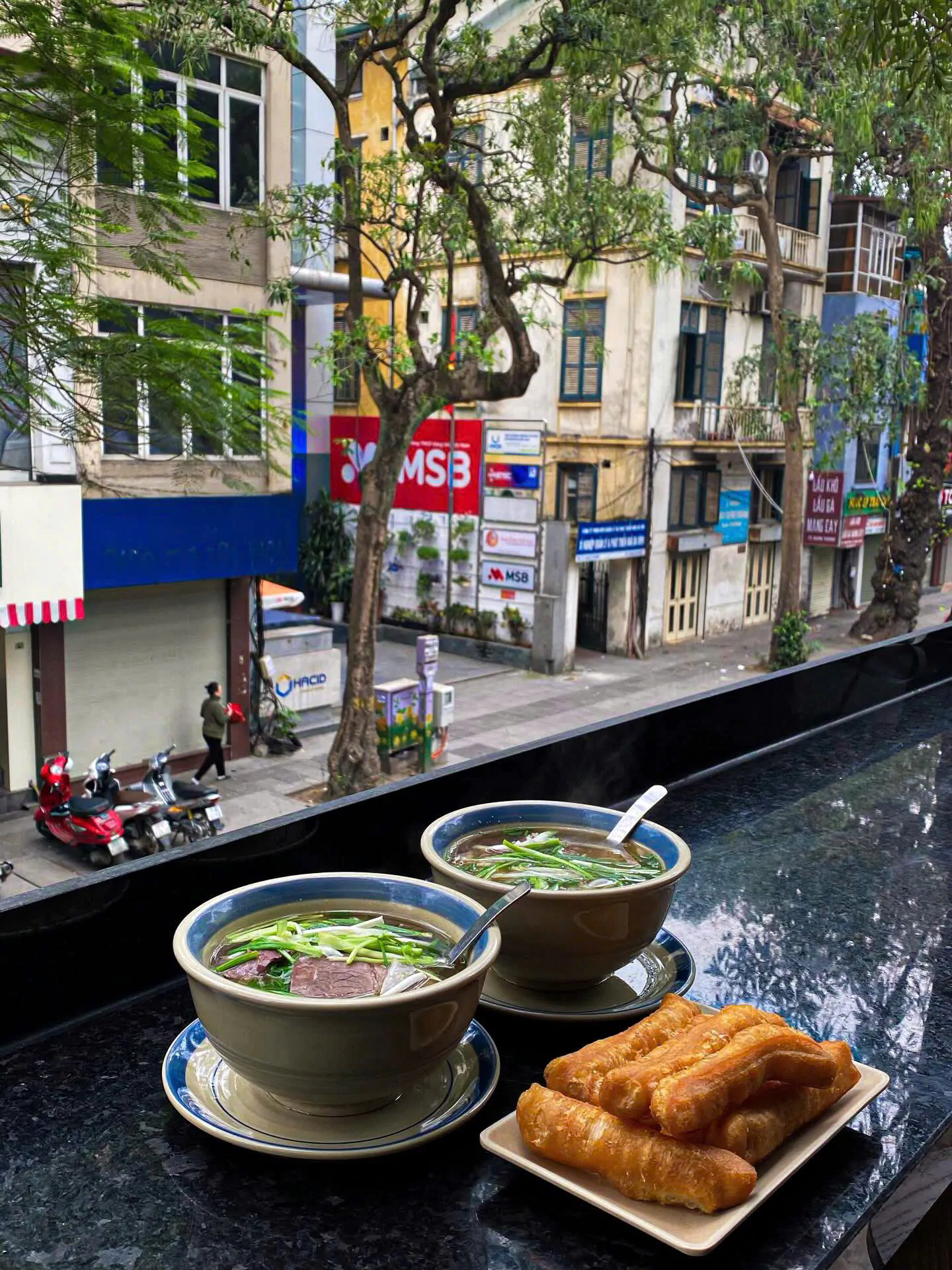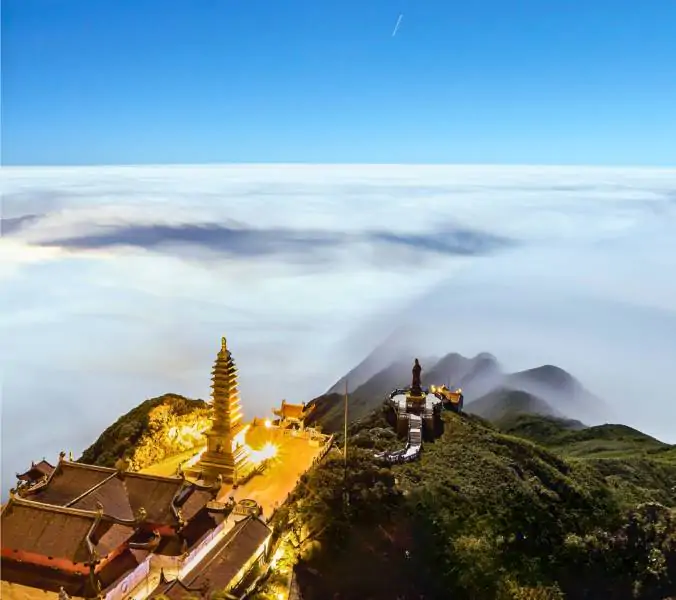Contents
- Temple of Literature Hanoi: Offering a deep look into Vietnam’s history
- 1. An overview of Temple of Literature in Vietnam
- 2. How many courtyards does the Temple of Literature have?
- 2.1. The Great Middle Gate
- 2.2. The Pavilion of Constellation
- 2.3. The Well of Heavenly Clarity
- 2.4. The Gate to Great Success
- 2.5. The Grounds of Imperial Academy
- 3.1. Temple of Literature opening hours and entry fee:
- 3.2. Directions to the Temple of Literature:
- 3.3. Regulations of the Temple of Literature:
Temple of Literature Hanoi: Offering a deep look into Vietnam’s history
The Temple of Literature holds the distinction of being the first university complex in Vietnam. Beyond its significance as a cultural and historical relic, it serves as a revered site where many students gather to seek blessings for success in their upcoming exams and studies.
As Vietnam’s first university, the Temple of Literature is a prominent cultural and historical landmark featured in every Hanoi travel tour. A visit to this site promises to enchant visitors with its grandeur and serenity, offering a deeper insight into Vietnam’s developmental history from its early days.
1. An overview of Temple of Literature in Vietnam
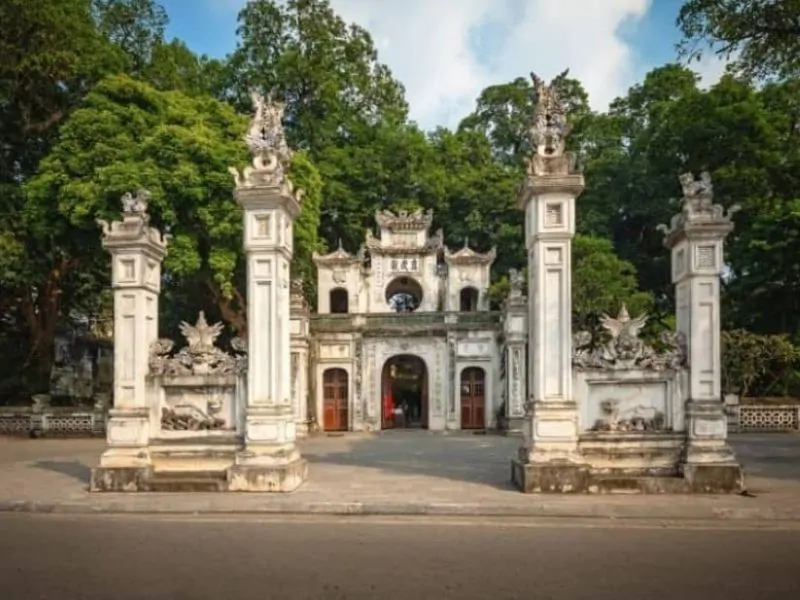
Location: 58 Quoc Tu Giam, Temple of Literature, Dong Da, Hanoi
Opening hours: Daily
– Summer (April to October): 07:30-17:30
– Winter (October to April): 08:00-17:00
Entrance fees:
– Adults: 30,000 VND (~US$ 1.3) for Vietnamese and foreigners
– Students: 15,000 VND (~US$ 0.7) (student card required)
– Children under 15 years old: Free
Dress code: Tank tops or short skirts are not allowed. Hats should be removed when entering the sanctuary area.
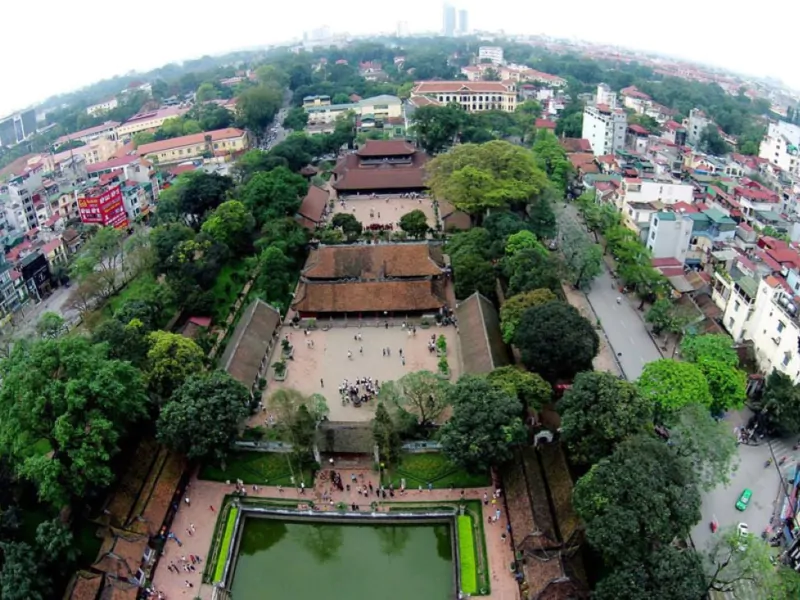
The Temple of Literature, founded in 1070 by Emperor Ly Thanh Tong to honor the Chinese philosopher Confucius, later evolved into Vietnam’s first university, also known as the Imperial Academy. For over 700 years, until the colonial period, it served as an esteemed educational institution, nurturing numerous renowned scholars and mandarins. Despite the ravages of war, the temple perseveres, maintaining its architectural and cultural splendor as a testament to Vietnam’s rich heritage.
2. How many courtyards does the Temple of Literature have?
The Temple of Literature is enclosed by brick walls and spans approximately 54,000 square meters. It comprises five distinct courtyards, each characterized by its own unique architectural style:
2.1. The Great Middle Gate
Entering the first courtyard through the Great Middle Gate, visitors are greeted by a serene and verdant atmosphere.
Atop the gate sits a fish figure, steeped in legend. According to ancient lore, gods held an annual fish-jumping contest, where those able to leap over the strongest sea waves and land on the other side transformed into mighty dragons. The fish symbolize students, aspiring to transcend their limitations. Just as the fish must persistently strive to overcome obstacles, students must diligently study and persevere in their pursuit of knowledge to pass their exams and achieve success.
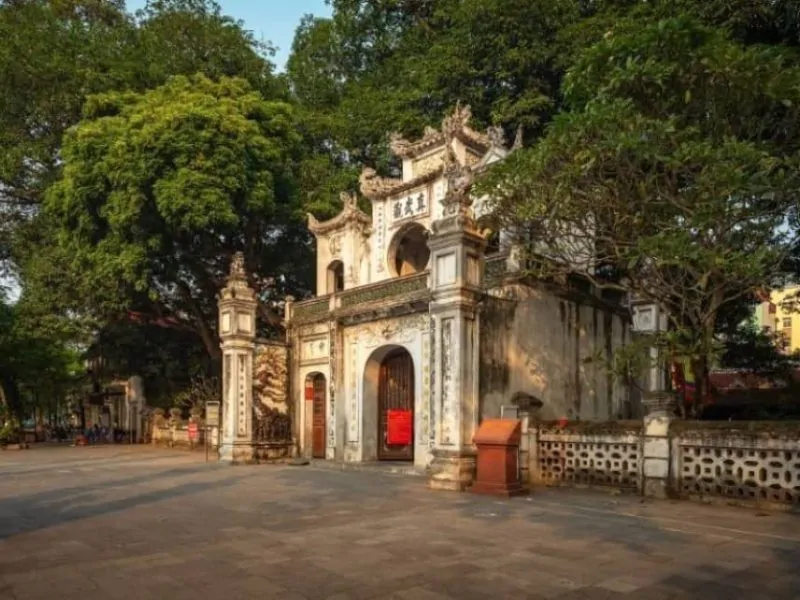
2.2. The Pavilion of Constellation
Despite its modest size, the Pavilion of the Constellation boasts harmonious and elegant proportions. This architectural gem comprises four brick pillars supporting an upper wooden structure. The main body of the pavilion features four round doors, intricately crafted handrails, and a gracefully sloped roof.
The Pavilion of the Constellation holds significant cultural and historical importance, serving as a symbol of Hanoi. Its iconic image is immortalized on the 100,000 VND banknote of Vietnam, further solidifying its status as a cherished landmark of the city.
2.3. The Well of Heavenly Clarity
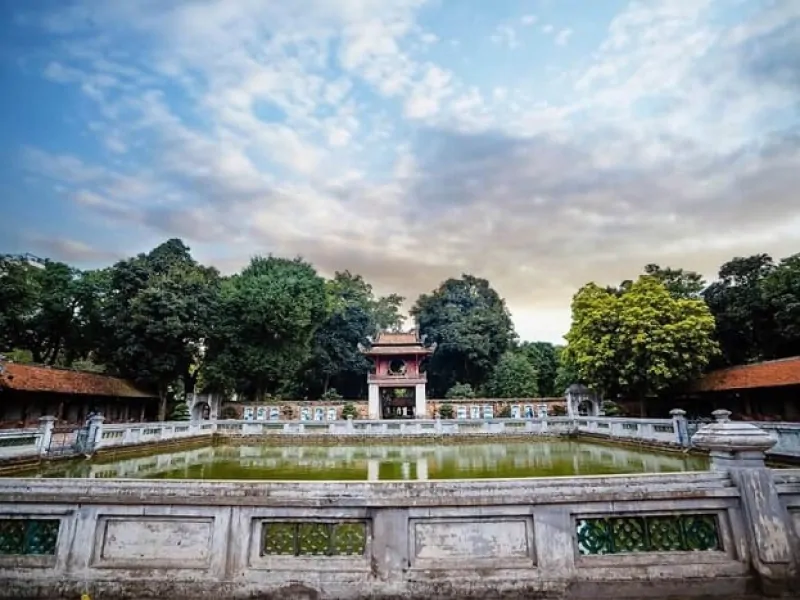
The Well of Heavenly Clarity, located within the Temple of Literature, is not a traditional well but rather a courtyard featuring a square pond. Situated in one corner of the courtyard are numerous stone turtles, each bearing large stelae atop their backs.
These stelae serve as inscribed stone tablets, lauding the virtues of Confucianism and praising the achievements of past kings. They also expound upon the philosophical principles of each dynasty, provide historical insights into examinations, and commemorate notable scholars.
The Well of Heavenly Clarity courtyard, adorned with these monumental stone turtles and stelae, stands as a testament to the rich cultural and intellectual legacy of Vietnam.
2.4. The Gate to Great Success
In the fourth courtyard, also referred to as the “Gate to Great Success” in Vietnamese, visitors will find a stunning House of Ceremonies and a sanctuary devoted to Confucius. The focal point of this area is the striking crimson columns and wooden ceilings, adorned with old lanterns suspended from above.
The House of Ceremonies and the Confucius sanctuary exude an aura of reverence and tranquility, inviting visitors to pause and reflect amidst the timeless beauty of their surroundings. As one explores this sacred space, they are enveloped in the rich cultural heritage and spiritual essence of Confucianism, making it a memorable and meaningful experience within the Temple of Literature.
2.5. The Grounds of Imperial Academy
In the fifth courtyard, visitors will encounter a grand building with two floors. On the first floor stands a statue commemorating Chu Van An, the esteemed first rector of the Imperial Academy. Chu Van An was a revered educator who devoted his entire life to the pursuit of knowledge and education.
Ascending to the second floor, visitors will find a space dedicated to the veneration of three kings who made significant contributions to the establishment and perpetuation of the academy. This floor serves as a place of reverence and homage to these monarchs, honoring their enduring legacy in the realm of education and scholarship.
Useful information for visitors to the Temple of Literature Hanoi:
3.1. Temple of Literature opening hours and entry fee:
– Opening hours: 8 am – 5 pm daily
– Entrance fee:
– Adults: 70,000 VND
– Students: 35,000 VND (student cards required)
3.2. Directions to the Temple of Literature:
– The Temple of Literature is situated near four major streets: Nguyen Thai Hoc, Ton Duc Thang, Van Mieu, and Quoc Tu Giam. It is easily accessible from any part of Hanoi.
– Visitors can find directions on Google Maps and drive themselves to the temple, or they can book a ride using local hailing applications such as Grab or Gojek.
– For those traveling by bus, several bus routes serve stops near the temple, including buses number 2, 23, 38, 25, and 4.
3.3. Regulations of the Temple of Literature:
– Dress politely and avoid wearing revealing clothing.
– Maintain a quiet and respectful demeanor, especially in areas designated for worship.
– Bring cash, as credit cards are not accepted at the ticket counter.
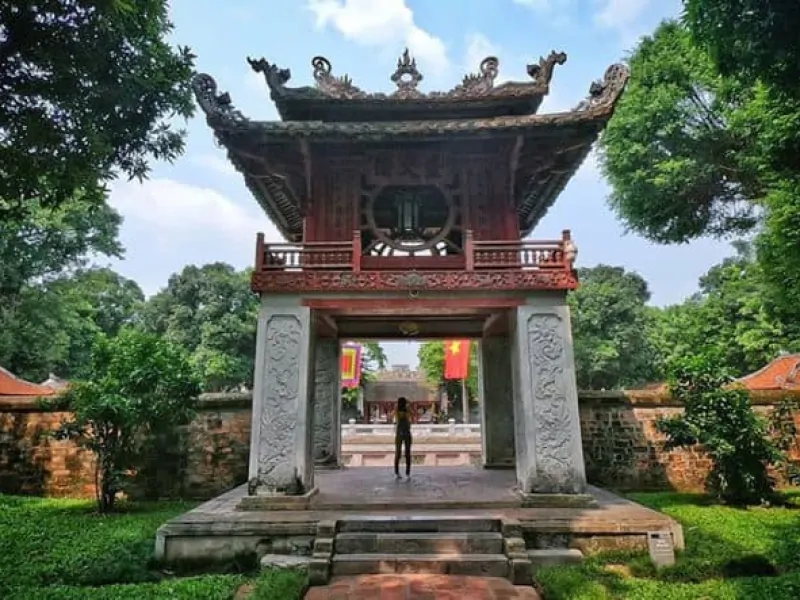
When planning a trip to Temple of Literature Hanoi, aside from Temple of Literature, you should consider visiting other fantastic destinations such as Presidential Palace, Turtle Tower, Ngoc Son Temple, Ba Dinh Square, Bach Ma Temple, But Thap Pagoda, Tran Quoc Pagoda, etc.. These places offer diverse experiences, ranging from pristine beaches and bustling cities to charming historical sites and enchanting landscapes.
To ensure the best vacation experience in Vietnam, it’s important to plan and book in advance. Among the many tour companies offering services in Vietnam, Discover Vietnam Tours is a great option for arranging your travel itinerary with just a few emails and WhatsApp messages. They provide airport transfers, accommodation booking, tour guides, drivers, and customizable activities based on your preferences.
With their assistance, you can tailor your trip according to your desired schedule and preferences, ensuring a seamless and enjoyable travel experience throughout Vietnam.













